Photographs: Reuters Katya B Naidu in Mumbai
Bharti Airtel has seven million 3G (third generation mobile) subscribers. However, only 30-35 per cent of these are active on 3G, i.e, they use it regularly and pay for it.
Idea Cellular, too, admits a fourth of its 2.5 million 3G subscribers are not active. Low usage of 3G is a double whammy for companies, which have not seen huge growth in uptake of the services.
An international market research company, TeleGeography, pegged the number of 3G subscribers in India at 12.2 million (updated in March).
It claimed the number expanded four times in a year. The number is still a little under two per cent of the active mobile subscriber base of 626 million.
"The growth of 3G is a little slower than what we expected," said Kumar Ranganathan, chief marketing officer of Vodafone India.
"There is low adoption, as there is a fundamental problem with lack of devices, as we are unable to tell a customer about the experience without the device."
Tata Docomo, which has two million 3G subscribers, says it (3G growth) is expected to be low.
"The adoption of 3G has been picking up gradually, especially as consumers get to experience it and understand the impact it can have on their lifestyles, even lives," said Deepak Gulati, executive president of mobility business at Tata Teleservices.
...
Telcos yet to make good money from 3G
Image: 3G subscriber number is set to cross 107 million by 2015.Photographs: Reuters
He believes external factors like smartphones and relevant applications will influence 3G growth, and expects the 3G ecosystem to mature by 2015.
Analysts had expected much explosive growth in data to come after the 3G launch.
According to a report by PricewaterhouseCoopers released in August 2010, the 3G subscriber number is expected to cross 107 million by 2015.
The rate of growth would be 190 per cent between 2011 and 2015.
"The pick-up has been slow, and many consumers are not using it and the usage is also not high. Even in metros, the usage is not high," said Ankita Somani, telecom analyst at Angel Broking.
State-run Bharat Sanchar Nigam Ltd and Mahanagar Telephone Nigam Ltd started offering 3G services from 2009.
Multiple providers entered the fray last November, with Tata Docomo being the first private player.
Now, six players - Bharti Airtel, Vodafone, Idea Cellular, Reliance Communications, Tata Docomo and Aircel, offer the services.
The fierce auction for 3G spectrum saw an outflow of Rs 67,719 crore from the telecom industry.
Many analysts had expected 3G revenues to start kicking in from the second quarter of this financial year.
...
Telcos yet to make good money from 3G
Image: PWC expected 3G revenues to reach Rs 26,400 crore by 2015.Photographs: Reuters
Among its peers, Idea has gained the most in increased contribution from data revenues.
Its data revenues have gone up by 1.2 per cent to 13.2 per cent. Vodafone comes a close second, as its data revenue contribution is 12.9 per cent since the 3G launch.
"Vodafone has the highest number of high-end subscribers, and last quarter, its growth was high. Companies which already have a huge extent of high subscriber base will benefit first," said Sanjay Chawla, telecom analyst at J M Financial.
Bharti Airtel, which launched 3G services during the same time, saw a 0.5 per cent drop in the data revenue contribution, according to a report by Nomura.
RCom and Tata Docomo launched their 3G services almost a year before. "A major part of data revenues of CDMA companies come from the dongle business," said Chawla. Adding to these worries, the department of telecommunications has stopped Airtel, Vodafone and Idea from offering 3G services in areas where they do not have licences, via roaming pacts.
All these worries are pushing telecom service providers away from gains in 3G revenues.
The PWC report expected 3G revenues to reach Rs 26,400 crore (Rs 264 billion) by 2015. Some analysts say huge growth could be difficult along with regulatory challenges as well.
...
Telcos yet to make good money from 3G
Image: Favourable prices could be set, if an ecosystem for the service exists.Photographs: Reuters
The reason for the lukewarm uptake, many say, is the exorbitantly high price of 3G services.
Many companies have labelled it a premium service, and priced it so. The companies saw 3G as a way ahead to gain in the pricing game, when they were losing money heavily in the voice business.
While voice rates have marginally increased, data revenues have not grown as expected. On an average, 3G services cost at least three times more than 2G GPRS (general packet radio service) services.
Chawla said this could be a dual problem. Like most others, he said the price of 3G services should come down. "The price difference between 2G and 3G is way too high. The prices of 2G GPRS is Rs 50-100 per GB, and one needs to shell out Rs 150-300 per GB more for 3G. The pricing of GPRS has to change," said Chawla.
Ranganathan said favourable prices could be set, if an ecosystem for the service, ie handsets, exists.
"The industry is known to moderate prices to drive adoption," he said, adding 3G service prices had come down, as they were earlier priced at 10 times GPRS.
"There are packs where the difference between 2G GPRS and 3G is around 1.6 times," said Ranganathan.
...
Telcos yet to make good money from 3G
Image: Pricing is not the reason for the slow 3G services pick-up, says an analyst.Photographs: Reuters
Mahesh Uppal, director of Com First India, opines pricing is not the reason for the slow 3G services pick-up.
In fact, he had expected this manner of slow growth. There are a number of issues to the growth of 3G ecosystem, including smartphones, application and services.
"Prices will become relevant only after services are familiar and in demand," said Uppal. The spread of services, also in its initial phases, is also adding to the disadvantages.
The companies, which have started rolling out their services, have already said they would have a pan India presence by the year-end. However, that is not an issue.
"We are seeing pockets of areas within big cities where 3G services are unavailable," said an industry insider. Ranganathan said the 3G network was still falling in place.
He, however, is more worried about the lower scale of users. "Only three per cent of our customer base have 3G-enabled handsets. Even if 70-80 per cent of them use 3G, it does not account to much," he said.

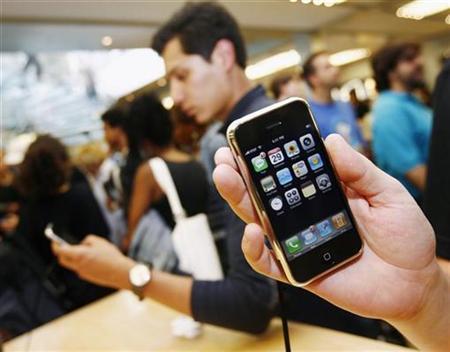
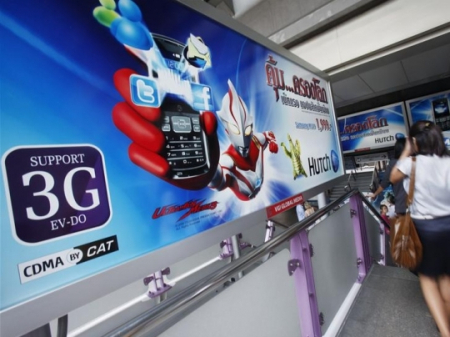
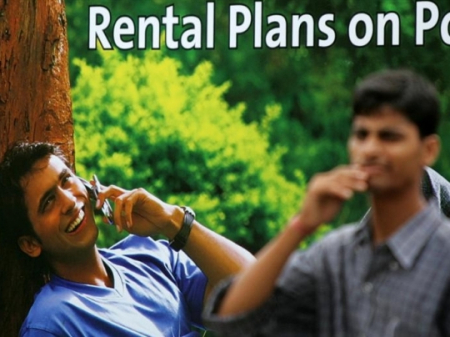
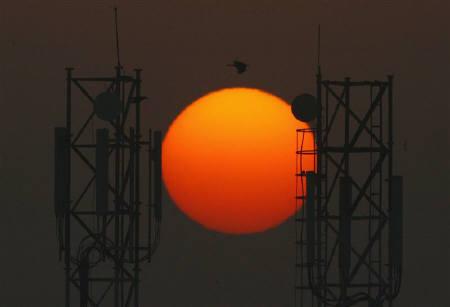
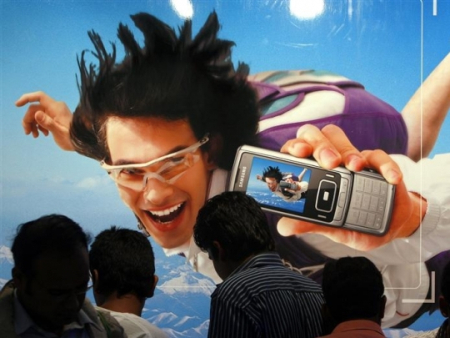

article